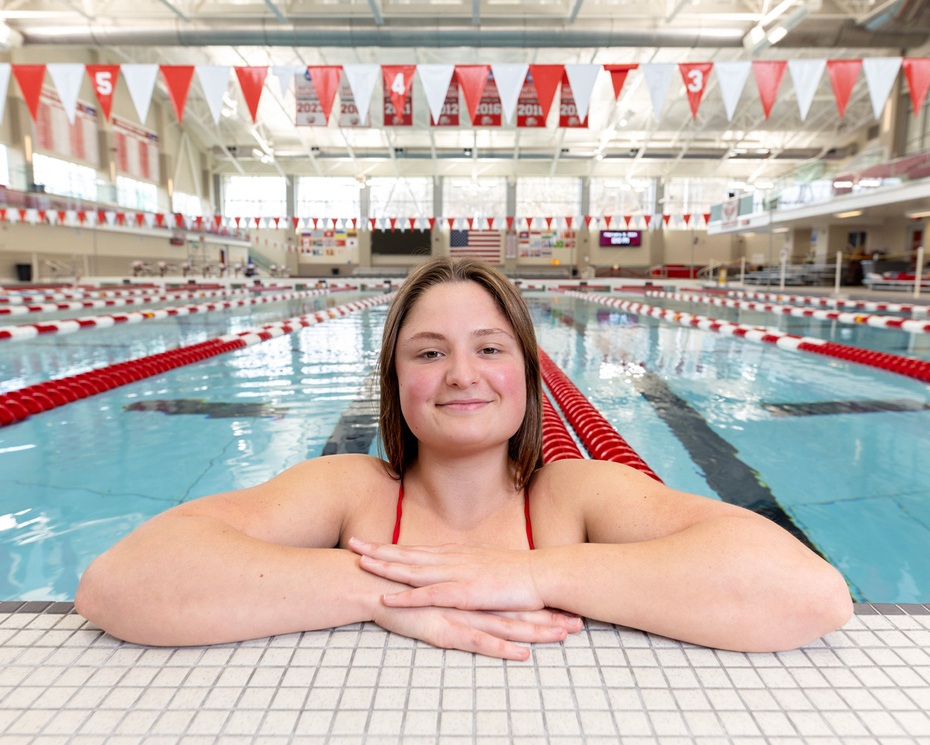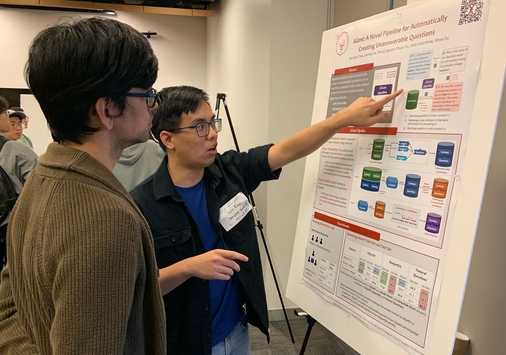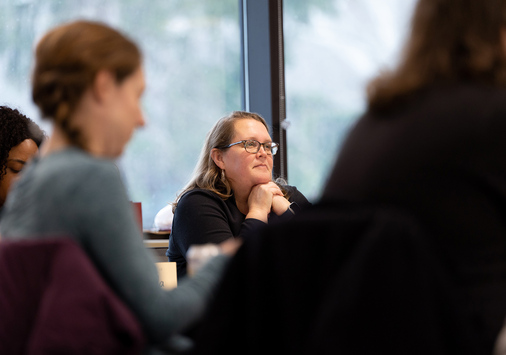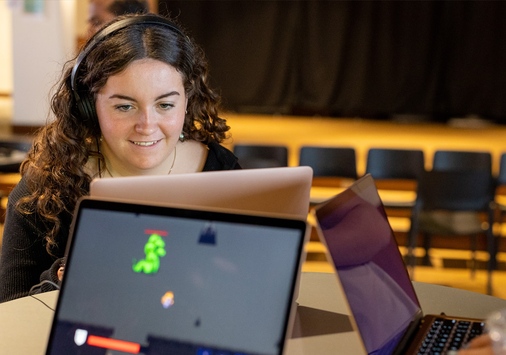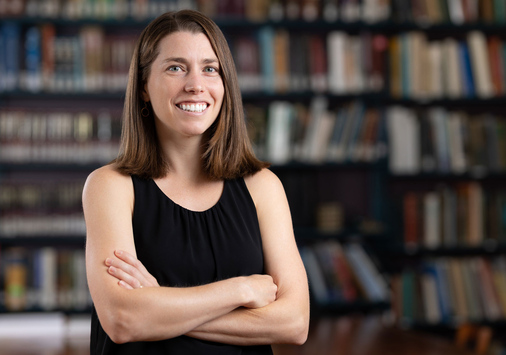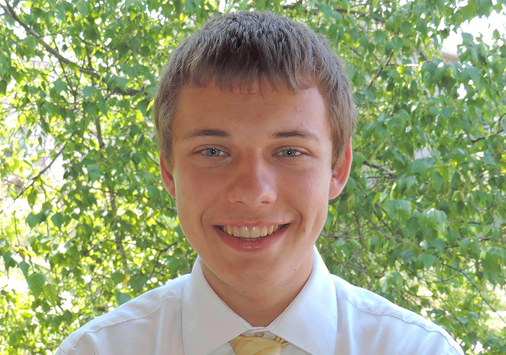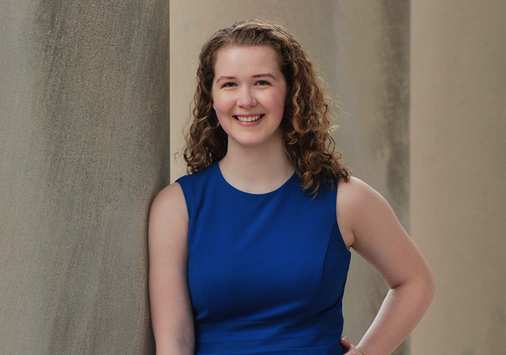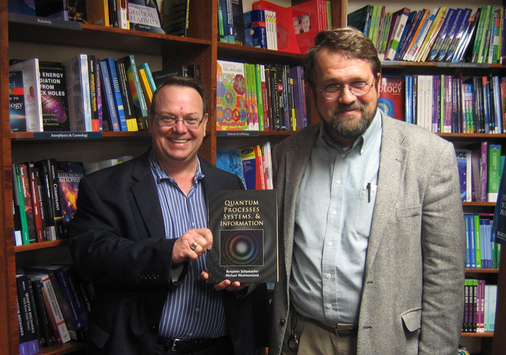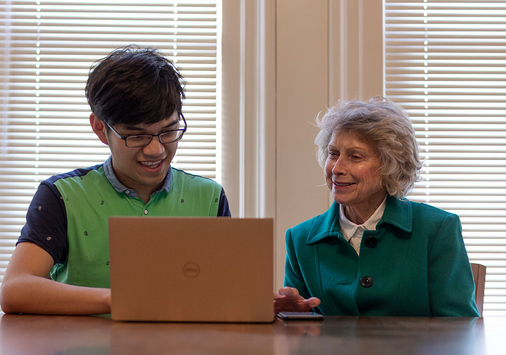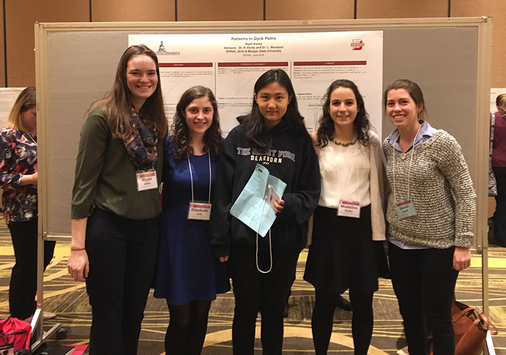
With the right programming and the right equipment, a touch of the button can lead to just about anything the mind can conjure up - from biological models, to mathematical knots, to artists conceptualizations, even a miniature Swasey Chapel. And it’s all happening right now on Denison’s campus.
“One of the great things about math and art is that they’re both really creative. In the end, you’re making stuff, whether it’s mathematical formulas, developing ideas or communicating in the arts,”explains Christian Faur.
Faur, Denison’s director of collaborative technologies, has been using a 3D printer with his fine arts students and is as siting in a one-credit seminar in 3D printing with Mathematics Professor Lew Ludwig. A four-credit Denison Seminar will be offered the first semester of 2016.
“3D printing is really hands on,” Faur continued. “Students are feeling empowered. They know what it takes to create something because they’ve tried — and it’s hard.”
The new printers make solid three-dimensional objects via computer software through an additive process of layering plastic or other materials, and they are making their way into classrooms. Using 3D printers, students combine art, computer science, mathematics, creativity, technology and innovation into creating an end product that, if successful, reflects the students’ intentions.
Students learn the design software in Ludwig’s seminar and explore the possibilities as they adopt this very different way of thinking. Students also head to Pittsburgh to see a maker space in action.
“Students are passionate and excited about 3D printing. These kids have four other classes but still find time for this,” said Ludwig. “They challenge each other and challenge me.”
The class attracts people from a range of academic disciplines. Rebecca Rabb ’16 likes the diversity of majors and the corresponding diversity of perspectives the students bring.
“The class is interesting because there’s such an interesting mix of people enrolled,” she said. “There’s the computer science crowd, the math crowd, and a few geoscience and physics folks all in one room. They’re talking about the latest project they’re printing, something cool they’ve read about on some obscure blog, or how they set their project to print overnight and came back in the morning to some distorted mess.”
The printed objects reflect the range of student interests. The back of a beetle as it appears at a microscopic level, a replica of a fossil for a geoscience course, atoms for chemistry, hardware for physics, knots for theory in math, cookie cutters, tiny rabbits and a miniature Swasey Chapel — pretty much anything is fair game.
Krysta Garbarino ’17 said, “I would never have thought that art and math could be connected. 3D printing has opened that up for me. It’s challenged me to think in new ways in terms of how I can design something that looks a certain way in my mind on the computer.”
“What is really great for Denison is that we now have a dozen or so students that can command a space like that,” said Faur. “Having students work with other students to create things is a win-win for both the students and the campus.”
The library has sanctioned space for Denison’s very own “Maker Space,” a place on campus where students could engage and be active in creation. It would likely include 3D printers, electronics, tools, sewing machines, and a movement of people that want to create.
“That’s the power of the liberal arts,” says Ludwig. “Where else can you put together people, with such an array of interests, in one place where they can intersect, help each other, and create something totally new? The next big innovations and inventions could come out of a space like that.”
